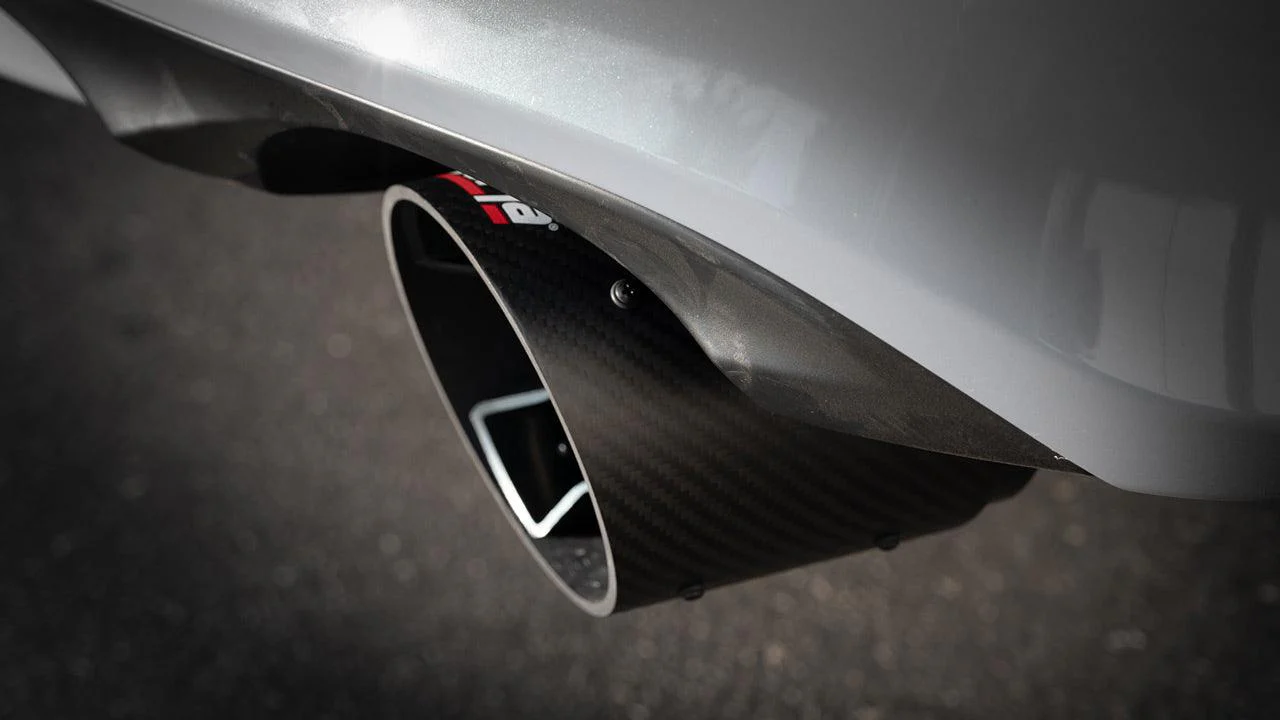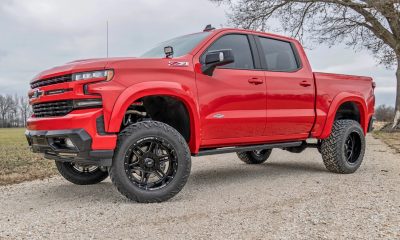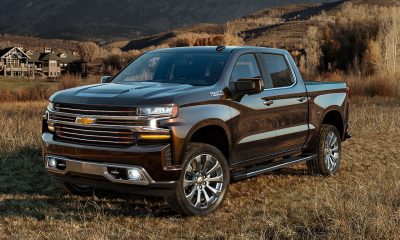Automotive
Benefits of Air Suspension Management Systems
Navigating your way around all the different suspension setups can be difficult. Compact cars at the more reasonable side of the pricing spectrum have independent suspension up front and a torsion beam at the back to save costs. More souped-up versions of the same cars improve the parts at the back for better handling. Utes and 4WDs have either coils all-around or coil and leaf string combos sprung a little higher to absorb bumps when off-road or the added weight with the vehicle loaded. The most complicated systems though are those featured in high-end performance and luxury vehicles, with adjustable settings supported by air suspension. These can smooth out imperfections on the road, or lower the car for better high-speed performance, all with the push of a button. This is the direction the car industry is going, and air suspension systems are now more popular than ever.
What is Air Suspension?
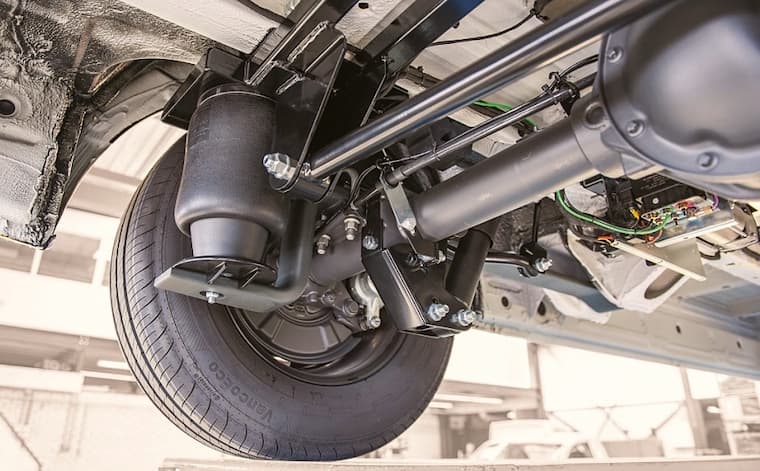
Instead of the regular coil or leaf spring setup, air suspension has airbags or bellows filled with pressurised air. This is fed from an air tank and compressor, pushing air in through a network of lines. How much air comes in and the pressure of that air is controlled by an air management system, or some serious electronics doing a lot of maths. The aim is to keep the vehicle at the right height. And change settings, by pressurising the bellows for better handling, or letting air out when going for more comfort and riding over rougher roads. Systems can vary, from those that need a little input from drivers to those in luxury vehicles where automatic units do all the work for you.
How Does it Work?
Air suspension isn’t a new concept. It has existed as long as cars, from the dawning days of automotive history, and before mass production began. High costs were initially what put carmakers off, and the technology has only been accepted with open arms during the last few decades.
Airbags made of strong, vulcanised rubber, and reinforced with fabric, sit on metal bases, and fit over the shocks, much like in a traditional coilover setup. They can take extremely high pressures and are able to support over a ton. This is the majority of cases, but some systems function independently of shocks.
Getting air into the bellows, and raising or lowering car height, is done with a compressor taking air in from rated valves or solenoids and reinforced airlines. This is supplied by the air tank, containing pressurised air in enough quantities to do its job in a matter of seconds. The system is supported by a series of sensors, that monitor pressure rates in the airbags or the vehicle ride height (or both simultaneously) and relay that info to the air management controllers connected with the car’s ECU.
There’s no judder or hesitation and the airbags adjust promptly to input. Systems can be manually controlled by drivers from the cabin, but more expensive configurations do all the changes without any driver input whatsoever. Which type of air suspension and management system you go for will depend on your needs and expectations, and whether you want airbags fitted just over the rear axle, or the front as well.
Why You Want One?
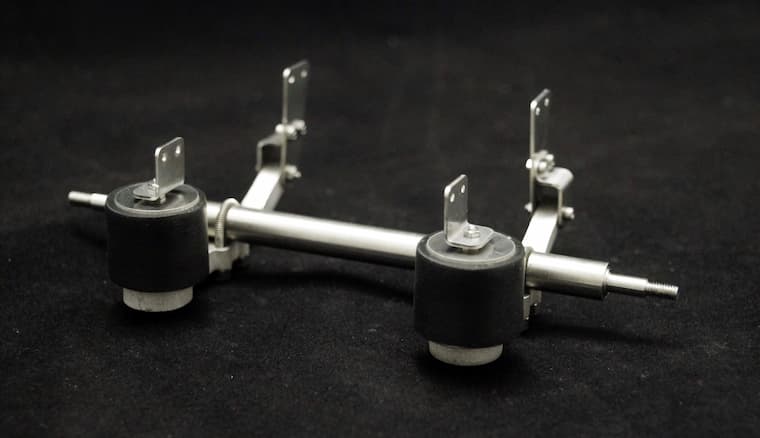
The reason you want an air suspension kit straddling the wheels and axles is to be able to adjust the ride height while driving. This, in more expensive cars, is done through driving modes that pressurise the bags and make adjustments to the steering. Cars that are simpler and cheaper can still have air suspension fitted as an aftermarket option. Here you get the benefits that cost thousands in high-end brands and models, without the price tag.
The first reason to get a bespoke air suspension system is to improve comfort. There’s reduced noise, vibration and harshness seeping into the cabin, and causing driver fatigue. You can drive at faster speeds and for hours on end without compromising on comfort levels.
Next, is less wear to parts as the system smoothes out potholes, bumps and uneven roads. The ride is also plusher as a result. This helps when the vehicle is loaded as you’d usually use a ute for work, or a 4WD when going off-road. Here raising the vehicle height and overall ground clearance improves departure and approach angles, meaning chances of getting stuck, or damaging a lower sitting car are minimised. There’ll also be no sagging at the rear axle, or loss of traction at the front. Having all wheels on the ground, no matter how loaded the vehicle is or the terrain you’re driving through translates to increased safety.
Lowering vehicle heights also has its pros. And this boils down to versatility and adjustability that can’t be replicated in any other suspension type. When sitting lower, performance cars can maintain higher cornering speeds, with an automated air management system adjusting airbag pressures at the road changes. Combine this with the predictive tech in things like the Mercedes S Class, or the Audi A8, that ‘read’ the road in front, and you get a car that virtually glides over anything while still staying planted. Add the lower fuel consumption to the mix for overall driver satisfaction.
For SUVs and 4WDs, manually-adjusted systems may be a better choice to help negotiate extreme terrain, and this works wonders with low-gearing drivetrain and systems like traction control and hill descent. Airbags can be individually adjusted, so separate corners of the car can be lowered or lifted as needed. There are also different levels of adjustment to fine-tune the ride height. This can also help to level out rear axles burdened by too much weight.
Any Cons Worth Considering?
Compared to the cost of factory-fitted air suspension systems that run in the mids to high thousands, aftermarket units are much cheaper. You still need to take into account labour costs and the time for installation, and whether the unit is properly set up. Most systems consist of quality parts that will last, but any damage will incur costly repairs and downtime. You will also need regular maintenance to ensure everything is up to scratch. Buying from respected brands and retailers with the know-how will remove initial quibbles or doubts. But besides this, the pros definitely will take the ride, handling and overall performance of your car to a higher level.
Writing for the blog since 2012, Chris simply loves the idea of providing people with useful info on business, technology, vehicles, industry, sports and travel – all subjects of his interest. Even though he sounds like quite the butch, he’d watch a chick flick occasionally if it makes the wife happy, and he’s a fan of skincare routines though you’d never have him admit that unless you compliment his impeccable skin complexion.



